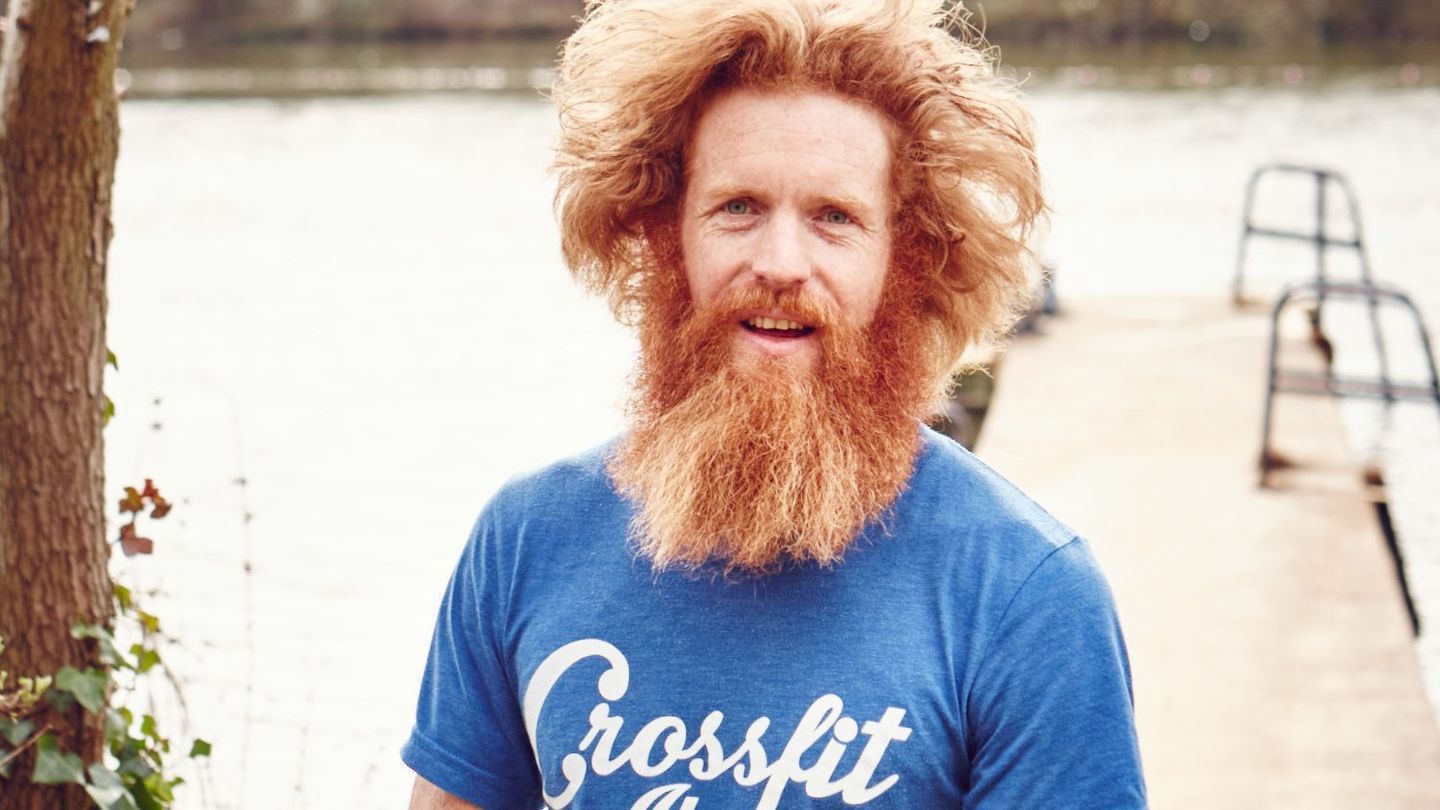

Words: Patrick Tillard
Sean Conway is a bloody maniac. He won’t be offended by that. He knows it. And it is this mania that fuels his remarkably successful career as a non-professional athlete – a “businessman” who has worked himself into the wondrous position of having ‘other people pay for [his] stupid ideas’. An entrepreneur of endurance, if you will.
His next challenge is his biggest yet.
‘I’m cycling around Australia in July,’ he says casually, as I might about catching the Tube into work. ‘To beat the record I’ve got to complete the 8,500-mile route in 37 days. I’m aiming for 35. That’s just under 240 miles and 20 hours of cycling a day. The furthest I’ve cycled in a day is 400 miles, so I can do the mileage, but for that long is a different story.’
The work starts many months prior – none of his other challenges have demanded such a high level of training, which, given that Sean holds the world record for the longest triathlon (4,200 miles around Great Britain), shows the epic nature of this feat. A career as an endurance athlete is a life of pain and sacrifice; a constant dice with death and fatigue. But that’s one of the attractions to sponsors.
‘My transition to becoming a full time athlete happened by mistake,’ says Sean. He was born in Zimbabwe, but brought up, for the most part, in South Africa, his parents taking the decision to move away from the growing political instability. Son to a conservationist father, Sean spent his childhood ‘learning the wonders and ways of the bush, chasing elephants out of the garden’ – he was never destined to have an everyday desk job.
‘I came over to London when I was 20 and worked as a school portrait photographer, taking photos of snotty little kids. I chased the money but over time grew miserable – it gave me depression, insomnia, bad skin. So I sold my business for £1 in 2011, aged 30, and swore that I wasn’t going to do anything based on my financial outcome ever again. I was going to fill my life with experiences rather than stuff.’
Sean decided to travel. But having parted with his company for a meagre £1, and subsequently spent £4 on a picture frame to display the coin proudly, he didn’t have a huge amount of money to do so.
My transition to becoming a full time athlete happened by mistake
‘I thought: “What about if I just break a record to do with travelling and get a sponsor?”.,
I didn’t know much about it – I didn’t even own trainers – but found out about all these cool adventures and expeditions over the past 100 years that had been funded by sponsors.’
He aimed high. ‘I set my sights on a big record: the fastest time to cycle 16,000 miles around the world. I had to be clever with my business model – I hate to say business model, but at the end of the day, if there’s money involved, it’s business. I did my research. I found a sponsor that gave money to charity every year and asked them to help me out – in return I would raise money for their chosen charity. And it worked.’
Sean, however, failed. Three weeks in, while in America, averaging 180 miles per day (on course for the record), he was smashed by a truck travelling at 50mph. He suffered severe whiplash, concussion, torn ligaments and a compression fracture to his spine. It was here that he unearthed a trait that has proved vital to the backbone of his career. Rather than throwing in the towel, as most would, he doggedly continued, changing his goal to just finishing. He soldiered on for 12,000 miles, maintaining an average of 140 miles per day, undeterred by his spinal injury.
Five years later, now based in Windermere, Sean’s business model has changed. He still finds all of his sponsors himself, but the emphasis is on delivering great content and gaining international publicity via television, print and social media. ‘On a good week I’ll reach a million people on Facebook alone,’ he says. ‘For some reason, the stuff I do gets a lot of media attention. I look a bit weird I guess.’
He sure does. Sat in the Charlotte Street Hotel bar, he sticks out like a sore thumb – he sports unkempt, long hair and a huge, wiry ginger waterfall of a beard.
For some reason, the stuff I do gets a lot of media attention. I look a bit weird I guess
‘I grew it when I swam the length of Britain in 2013,’ he explains (the feat took him 135 days). ‘I kept getting stung in the face by jellyfish and it stopped the tentacles getting to my skin. I’ve had it ever since.’
Coming back round to the topic of his upcoming Australian odyssey, I ask if it is harder to make a noticeable impact on 21st-century adventure, given the dearth of records compared to the number of wannabe adventurers. ‘The kids can’t keep up with me,’ he ripostes. ‘If you’re under 30 you’ve got no chance. Saying that, I’m a bit young for the endurance-running world myself – it takes longer to build up the fibres in your legs and knees. I reckon I’ll be at my peak in my early 40s. It’s the three fs that excite me: furthest, fastest, or the first. I’ve done firsts and furthests for the last three years, and now I’m going back to fastest.
‘Running the length of Africa, though, from Cairo to Cape Town – that’s my big one. But I’m not ready yet. Plus, what the hell would I do after that? Maybe I’ll become an accountant…’
Sean Conway may be a maniac, but he’s a bloody inspiring one.


